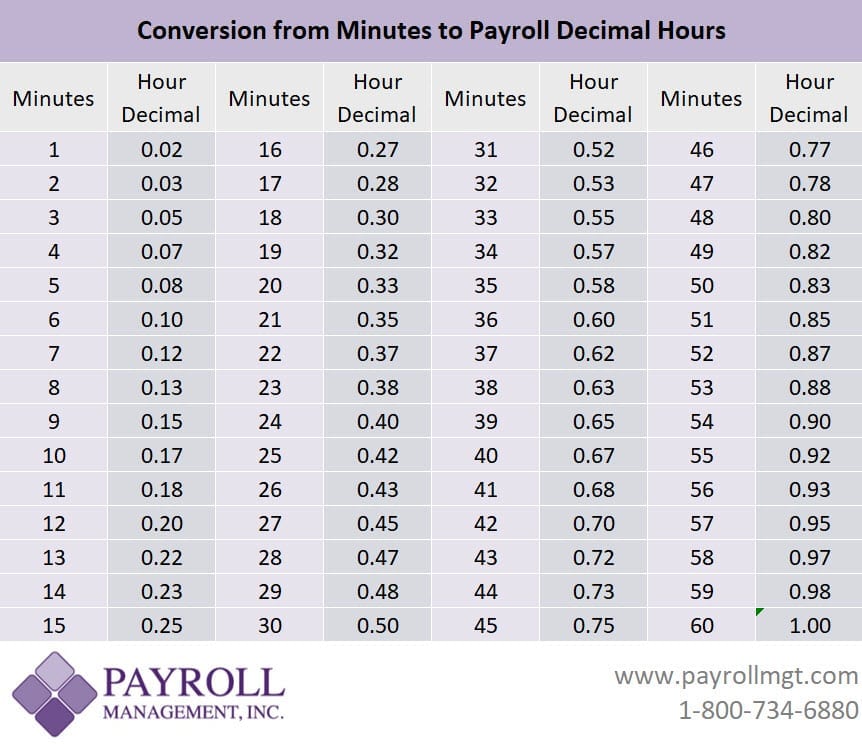

The day runs from midnight to midnight and is divided into 24 hours from 0 (midnight) to 23. The abbreviations AM and PM are from Latin:

The day is split into two 12 hour periods running from midnight to noon (AM hours), and noon to midnight (PM hours). The table below shows the conversion between the 12 hour and 24 hour clock systems: 12 hour clock In the 12 hour clock method, it is 12:00 twice a day at midnight (AM) and noon (PM). Most countries prefer the 24 hour clock method, but the 12 hour clock is widely used in Latin America and English-speaking countries. First there's the 12 hour clock that uses AM and PM, and then there's the 24 hour clock. This makes it much easier for political and business communications to occur without concern for time differences.There are two primary methods of showing the time. Most time zones follow country borders and land boundaries instead. It is a common misconception that the time zones around the world follow the globe's longitudinal lines. Why don't time zones follow the lines of longitude? UTC stands for universal time coordinated, and it is the global time and date that all clocks and time zones are set against. Having trains that ran on time and whose arrival could be accurately determined created further need for strict time guidelines. Time and specific time zones also became extremely important with the rise of the railroad. Simultaneously, at the following longitudinal line, the sunrise will not take place for another four minutes. Each degree of longitude on the globe marks a four-minute difference of time as determined by the sun's position on the earth, meaning that the sun will have just risen at one location. Time zones were created because when clocks were first invented, most places set their clocks based on the sun's rising and setting-creating time zones allowed each different region to mark their time based on the rising sun. The clocks are then turned back one hour in the fall, allowing for a shorter period of sunlight during the colder months. It occurs in Canada and the United States and moves the clocks forward by one hour in the warmer summer months to allow for more extended daylight. Frequently asked questions What does DST stand for?ĭST stands for daylight savings time. Our time zone converter allows you to add multiple time zones in multiple cities at once, making it super easy to schedule meetings and communications with everyone at a convenient hour. One of the most critical aspects of business today is being reliable and on time. You can find out what time it is in multiple cities across the globe, allowing you to scale your business worldwide and better manage your global team or partners.
#TIME CONVERTER CHART FREE#
There are many benefits to using this time conversion calculator, but the two most significant benefits are that it is both free and effortless to use. Benefits of using our time zone converter

Knowing which time zone of different regions will help ease communication and come in handy when scheduling meetings or synchronizing remote staff.įurthermore, it can get tricky with daylight savings time to know what time it is in multiple time zones, but using this time converter can make it simple. Why we created this toolīusiness operations are no longer local, and most businesses have customers, suppliers, and partners worldwide.

The chart is very straightforward to read and even shows you how many hours ahead or behind your desired location is from your own local time. This calculator uses monthly consumer price index (CPI) data from 1914 to the present to show. You can even request a link for this time. Use this tool to compare costs over time. Once this has been done, use the time chart to determine what time it is in your requested country, based on your current time zone. Set the time to your local time and add a new location for the world's area for which you would like to know the time. TextMagic's easy-to-use, free time zone converter allows you to find out what time it is anywhere in the world, in any time zone, with just the click of a button.


 0 kommentar(er)
0 kommentar(er)
